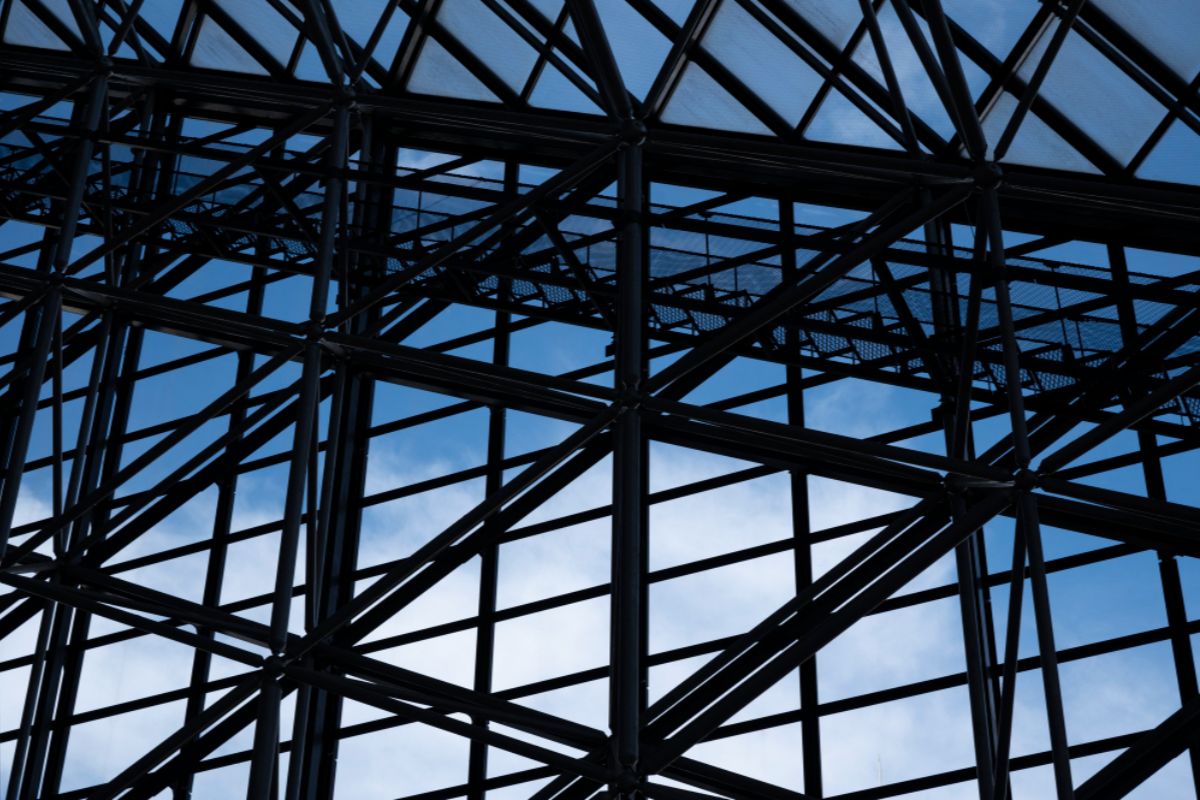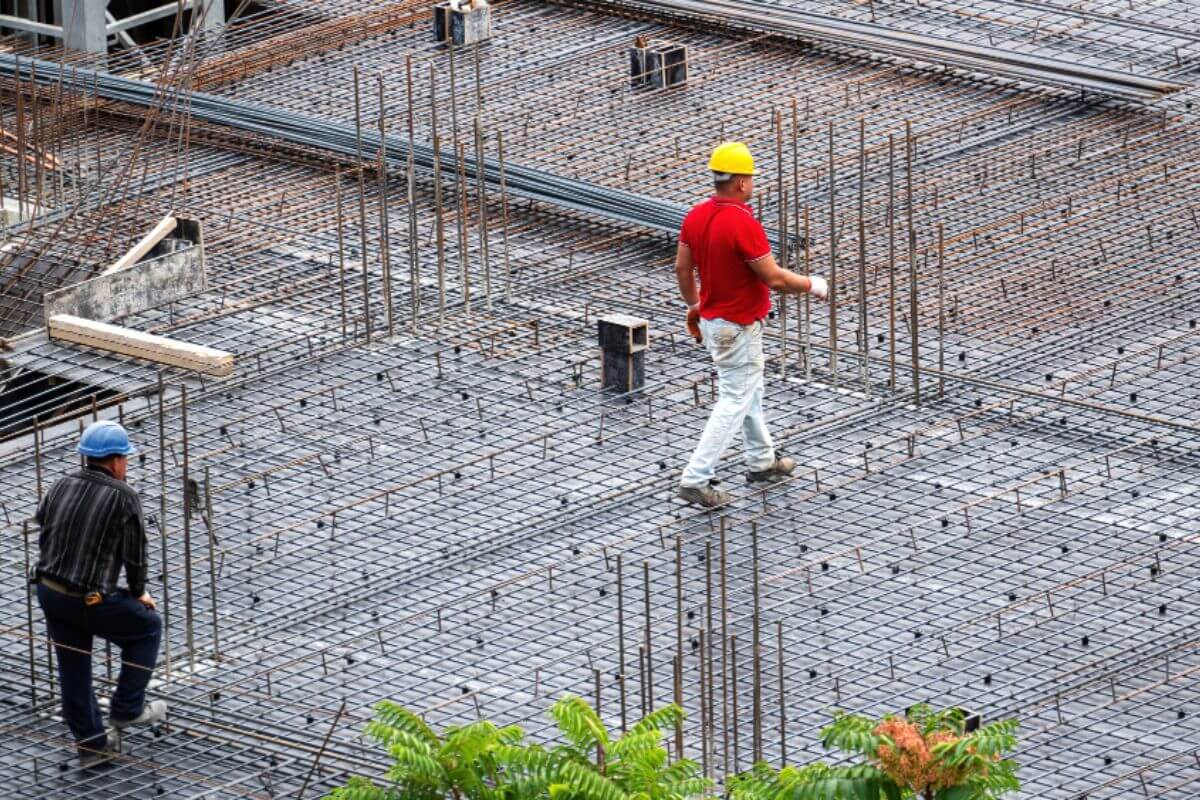What are the uses of I-beams in seismic-resistant structures in the Philippines?
- Primary structural framework
- Bracing systems
- Floor and roof support
- Bridge construction
- Retrofitting and reinforcement
Overview
I-beams are among the most reliable components for seismic-resistant construction, valued for their strength and ability to withstand extreme forces. Their load distribution, flexibility, and resilience help protect lives, preserve infrastructure, and maintain structural stability in earthquake-prone areas.
The Philippines, located within the Pacific Ring of Fire, experiences frequent seismic activity, making earthquake-resistant construction a critical priority. Steel is essential in building resilient infrastructure due to its strength, flexibility, and durability under extreme forces.
Among its most important components are I-beams, which play a central role in structural stability. In this article, we will discuss the uses of I-beams in seismic-resistant structures in the Philippines, highlighting why they are vital for safety and long-term durability.
Primary Structural Framework

When you design a seismic-resistant structure in the Philippines, using I-beams as the primary structural framework is a smart choice because of their unique shape and strength. I-beams have a high strength-to-weight ratio, which means they provide excellent support without adding unnecessary weight to the building.
When used as the main horizontal and vertical supports, such as beams and columns, they create a strong skeleton that can flex slightly during an earthquake. This flexibility is crucial because it allows your building to absorb and dissipate seismic energy, reducing the risk of catastrophic failure.
The web and flanges of the I-beam work together to resist bending and shear stresses, which are common during seismic events. This means your building can maintain its integrity even when subjected to strong shaking.
Bracing Systems
I-beams are ideal for bracing because of their high strength and ability to handle both tension and compression. In your structure, these beams are strategically placed diagonally or in specific patterns to form a rigid framework that connects columns and beams. This framework works by absorbing and redistributing the energy generated during seismic events, preventing excessive movement or deformation.
Using I-beams as part of your building’s bracing system also improves its flexibility and toughness. Unlike rigid materials that may crack or fail under seismic stress, I-beams can bend slightly without breaking, which is essential for earthquake resilience. This flexibility allows your structure to sway safely with the seismic waves instead of resisting them rigidly, reducing the risk of catastrophic failure.
Floor And Roof Support
Strong horizontal frameworks are essential for supporting floors and roofs while keeping a building’s weight manageable. I-beams fulfill this role effectively, offering both strength and a relatively lightweight profile.
This lower mass is crucial, as lighter structures are subjected to reduced seismic forces during an earthquake. By distributing loads evenly across the beams, they ensure that floors and roofs maintain their shape and stability even when the building sways or shifts, preventing structural failure.
When seismic waves hit a building, it needs to absorb and dissipate energy without cracking or collapsing. I-beams can flex slightly under stress, allowing the floor and roof systems to move safely with the shaking rather than resisting rigidly and breaking.
Bridge Construction
Bridges play a vital role in keeping communities connected, allowing people, goods, and services to move efficiently across rivers, valleys, and other obstacles. In the Philippines, where earthquakes are a constant risk, building seismic-resistant bridges is essential for safety and continuity.
When you use I-beams in bridge construction, you’re integrating a structural element known for its exceptional strength, durability, and ability to handle heavy loads over long spans. Their high strength-to-weight ratio allows bridges to remain stable under both the constant weight of traffic and the sudden forces caused by seismic activity, reducing the risk of structural failure.
The flanges and web of an I-beam distribute loads evenly, helping the structure maintain its integrity during ground shaking. This flexibility and resilience are critical for protecting both the bridge and the people using it during and after an earthquake.
Retrofitting And Reinforcement

I-beams enhance a building’s framework by providing load-bearing strength and rigidity. Their flanged shape resists bending and deformation, helping maintain stability during earthquakes.
When you use I-beams for reinforcement, you’re giving the structure a stronger backbone to absorb and redistribute seismic energy more efficiently. The steel material in I-beams has excellent ductility, meaning it can flex without breaking, an essential property for earthquake-resistant designs.
Incorporating I-beams into your retrofitting plan adds flexibility that reduces the risk of catastrophic failure, helping protect lives and property. This also extends the building’s lifespan, strengthens its resistance to seismic stresses, and ensures compliance with safety standards for greater overall resilience.
Key Takeaway
The uses of I-beams in seismic-resistant structures in the Philippines highlight their importance in building frameworks capable of withstanding strong earthquakes.
If you’re looking for high-quality I-beams for your construction or retrofitting project, Regan Steel is your trusted partner. We offer a wide range of premium steel products designed to meet strict engineering standards and withstand challenging environments. Contact us today and let’s strengthen your next project together.






